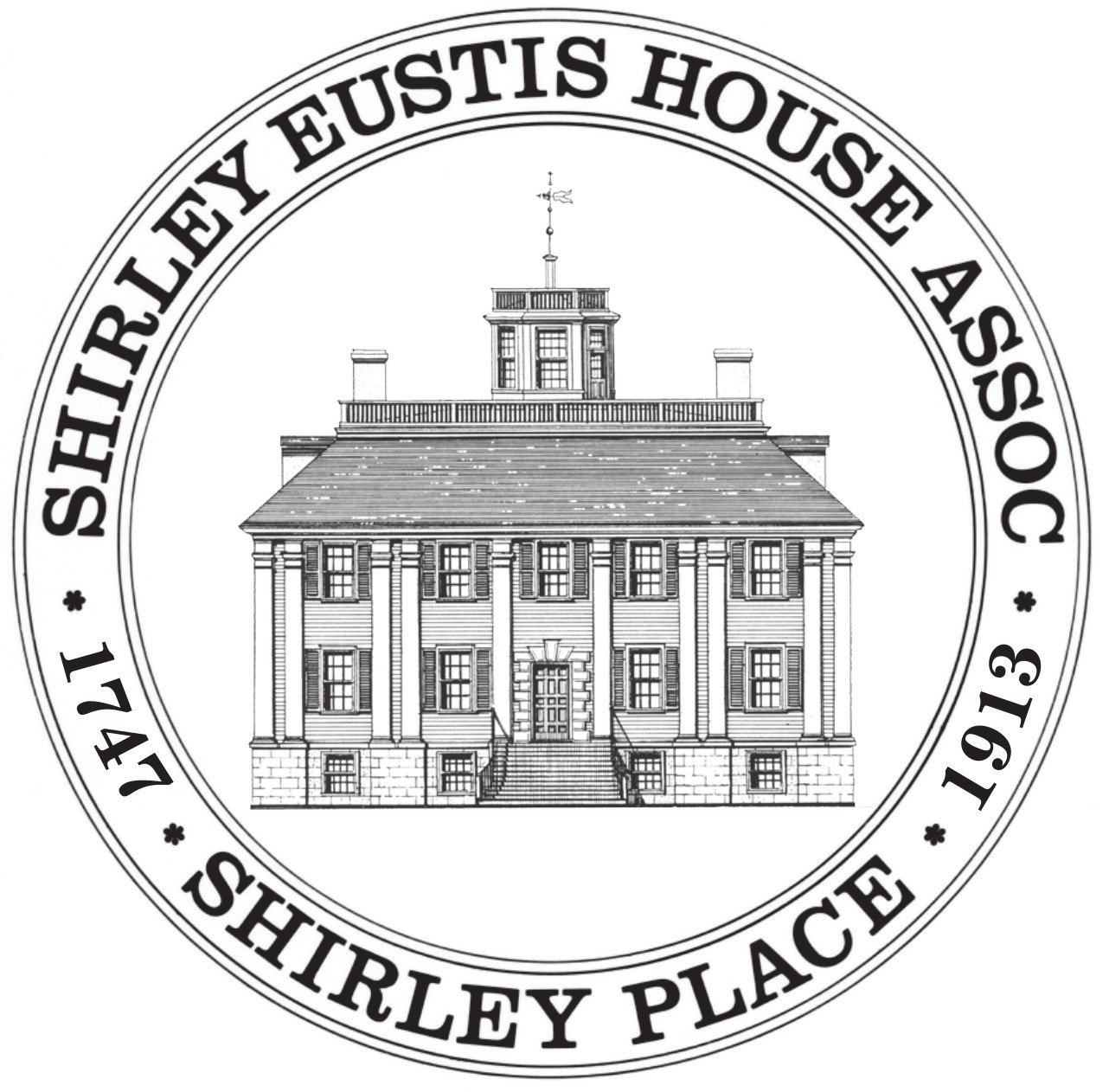
slavery at shirley place
In 2021, the Shirley-Eustis House commissioned Harvard PhD candidate Aabid Allibhai to research the history of enslavement at our site. Below is his final report. Included are the names of all those people we currently know to have been enslaved by the Shirley family. As he noted in his title, this is a working report, and we are still actively deepening our knowledge of the site’s ties to enslavement and the slave trade.
A BOSTON CITY LANDMARK
In 2021, the Shirley-Eustis House and its outbuilding at 42-44 Shirley Street were made a Boston City Landmark. It was one of the quickest City Landmark application processes ever in Boston, and is the first Boston City Landmark to be recognized as a site of enslavement. Read the full report below.
It all started when…
The history of the Shirley-Eustis House is both long and extraordinarily complicated. While much more research is required to tell the full and accurate story of the Shirley-Eustis House we are pleased to now be able to offer the public digital access to The Historic Structure Report, Shirley-Eustis House, which was prepared for SEHA in 1979 by Frederic C. Detwiller of The Society for the Preservation of New England Antiquities Consulting Services Group. The report was one of two seminal studies written for SEHA during the critical restoration period of 1979 to 1985.
On its 40th anniversary, The HSR, presented in 2 parts because of its length, still serves as an important resource for architectural preservationists and historians.
In November of 2018 City of Boston Archaeologist Joseph Bagley completed an interim archaeological report following a brief excavation of the rear entrance patio area of the Mansion. It can also be found below.
